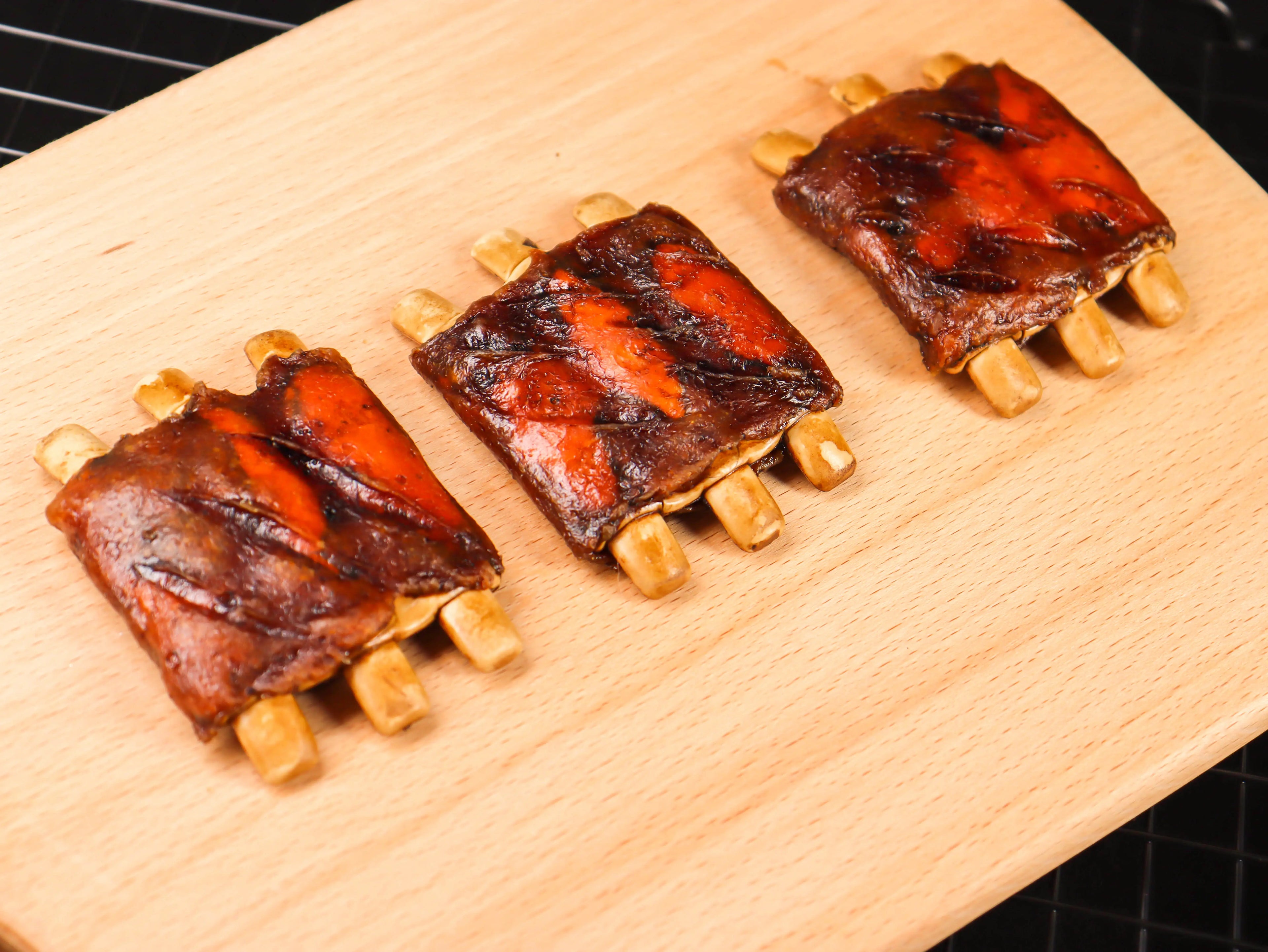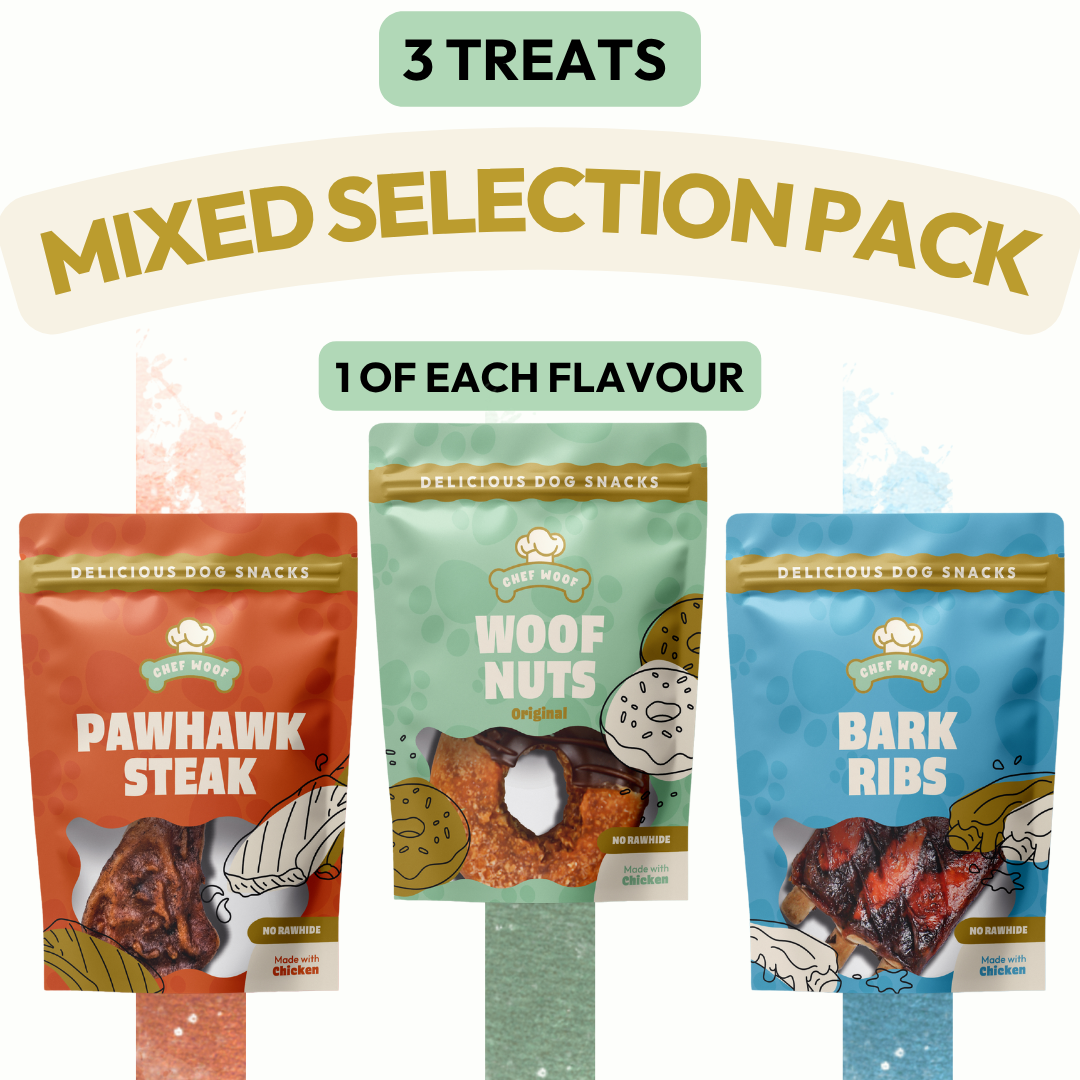Raw Dog Food: Benefits, Safety, and Feeding Guide
Raw dog food has grown in popularity among dog owners in the UK who want to provide a more natural, species-appropriate diet. Many owners search for “raw dog food” to understand the benefits, risks, and best practices.
What Is Raw Dog Food?
Raw dog food typically consists of uncooked meat, bones, organs, vegetables, and sometimes supplements. Some owners follow the BARF diet (Biologically Appropriate Raw Food), which aims to mimic what wild canines would eat. (petmd.com)
Benefits of Raw Dog Food
-
Healthier coat and skin
High protein content and natural fats can support a shiny coat and healthy skin. (thekennelclub.org.uk) -
Improved dental health
Chewing raw meaty bones may reduce plaque and tartar build-up. -
Better digestion
Some dogs tolerate raw diets better than heavily processed kibble, resulting in smaller, firmer stools. (bluecross.org.uk) -
Weight management and muscle maintenance
Raw diets are naturally high in protein and lower in carbohydrates, which can help maintain lean muscle mass.
Safety Considerations
While raw feeding has benefits, it is not without risks. Safe handling is critical:
-
Prevent bacterial contamination
Raw meat can carry Salmonella or E. coli. Wash hands, bowls, and surfaces after preparation. (petmd.com) -
Avoid unbalanced diets
Dogs need the correct proportions of meat, bone, organs, and supplements. Consult a vet or a canine nutritionist. -
Monitor bones
Avoid cooked bones and large hard bones that could splinter and cause choking or intestinal damage. -
Special considerations for puppies, seniors, and dogs with health issues
Certain dogs may not tolerate raw diets well, and growth-stage puppies require precise nutrient balance. (bluecross.org.uk)
Choosing High-Quality Raw Dog Food
If you decide to feed raw, choose reputable suppliers:
-
Look for UK-based companies with high food safety standards.
-
Ensure meals are balanced and complete.
-
Check reviews and ask for nutritional breakdowns.
Transitioning to Raw Feeding
Switch gradually to reduce digestive upset:
-
Introduce raw meals slowly alongside existing food.
-
Monitor stool consistency, energy levels, and coat condition.
-
Adjust portions based on your dog’s weight, age, and activity.
Conclusion
Raw dog food can provide significant health benefits when done correctly, but it requires careful planning and hygiene. For dogs with sensitive digestion or specific dietary needs, consult a vet before transitioning. Using high-quality raw meals and following safe handling practices ensures your dog enjoys the benefits of a natural, protein-rich diet.

















